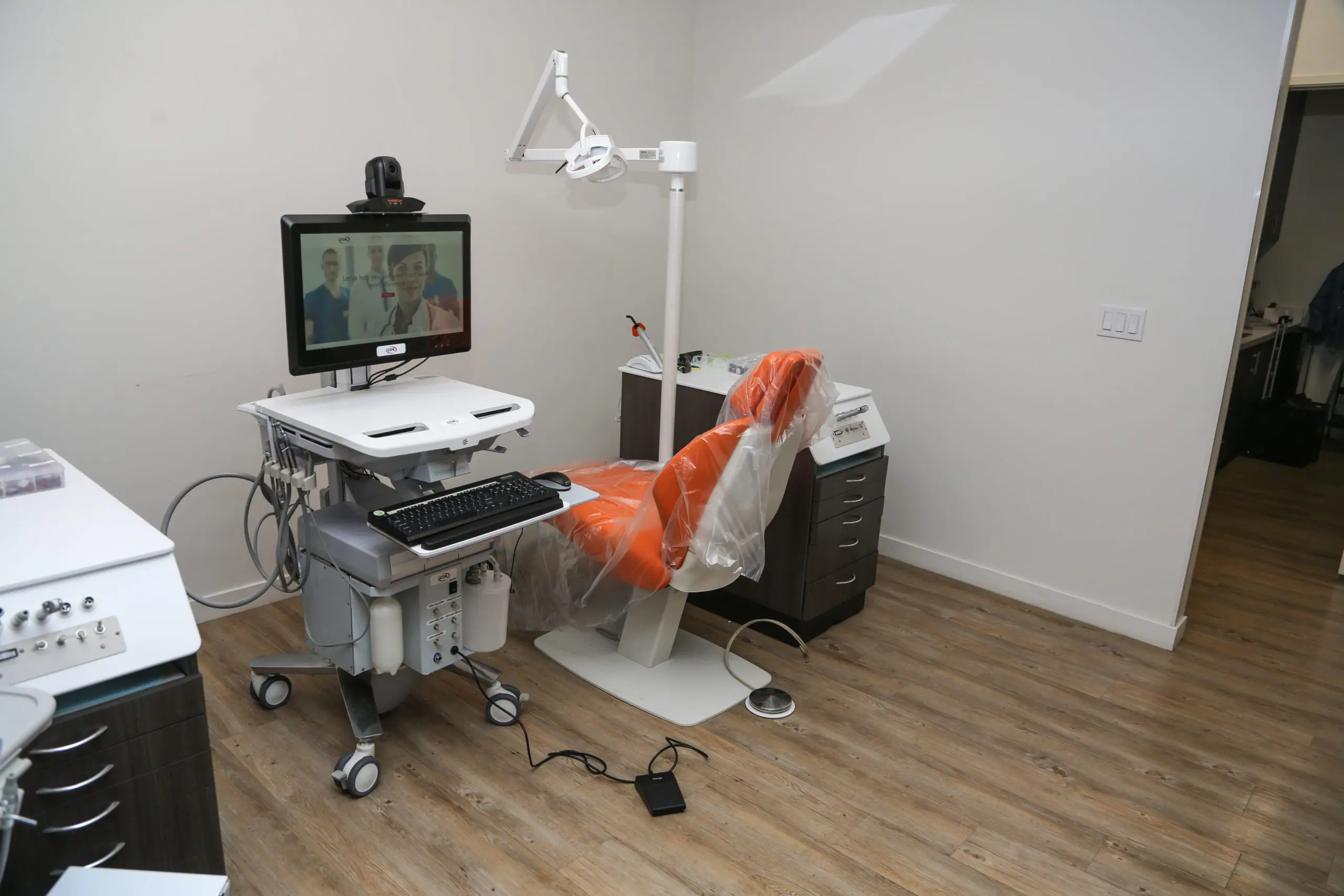For most of us who’ve lived in the ’90s, you’ll often see the familiar sight of men and women in jogging clothes, dancing, and exercising on your TV screens. Some even have fancy equipment such as treadmills or exercise balls. Home fitness has been with us for quite some time now, and we have to admit, it has played a significant role in our lives now, especially during the COVID-19 pandemic, prompting the closure of gyms and fitness centers worldwide.
These days, many people have been buying a load of gym equipment and subscribing to fitness programs online. People have been trying to look for ways to keep their bodies and minds fit in their own homes’ confinement. But where is this leading? Let’s first look at how home fitness began and see how home fitness has evolved today.
Home Fitness: Origins
One of the earliest pieces of home fitness evidence dates back to 1861 in a guidebook created by Gustav Ernst, an orthopedic machinist. In his book, he featured specific exercises for men and women, targeting certain muscle groups and featuring a contraption similar to a modern-day rowing machine. But the earliest home fitness exercises dated as early as 5,000 years ago during the creation of various practices such as Yoga in India and Tai Chi in China.
Home Fitness slowly began to appear during the ’50s, after World War II. Due to the vast economic boom post-war and probably one of humankind’s fascinating inventions, the TV, home fitness became possible. As the days went by and awareness against obesity became more apparent, home fitness became more accessible.
The first-ever home fitness program for TV started in 1951 when a fitness guru named Jack Lalanne started broadcasting an exercise show focusing on women, specifically housewives. He demonstrated various stretches, bends, and aerobics that targeted middle-class white women. Shortly after, numerous channels began to copy this and presented exercise shows themselves.

The Start of the Evolution: The TV, Equipment and the Gym
As mentioned, there was an awareness about obesity during the mid-1900s. Beauty standards were all about being thin and fit. It was rampant during this time. Business people and developers invented various equipment during this time to cater to such demands. Examples of these gadgets were sauna suits, vibrating belts, and the resistance bands you see.
Personal fitness became a lifestyle during this time, and as such, there was increased demand for better fitness programs. Another critical invention played a massive role in the evolution of fitness. This is the creation of the VHS tape.
With the VHS tape, you didn’t have to tune in to that morning exercise routine. People could know the time when they wanted to exercise and quickly learned new exercise techniques due to the availability and accessibility of these tapes. One of the top performers for these videos was none other than American actress Jane Fonda, selling around 17 million copies of her workout videos that eventually led to more videos with various routines and equipment.
Aside from the VHS tapes, of course, the main spectacle of fitness was establishing gyms and fitness studios worldwide. Gyms were created as early as Greek antiquity. Fitness gyms existed as early as the 1900s, but it wasn’t until the ’80s when gyms began to double, especially in the United States.
Fitness Before the Pandemic
Fitness kept going and improving during the 2000s. New pieces of gym equipment were invented, which fully adapted to the world’s technological advancements. During this time, home fitness programs were starting to rise but were often neglected. People still preferred going to the gym since it was more convenient, and the gym offered more equipment and people who could monitor a person’s progress and assist those who have trouble lifting weights. Then came the pandemic that shook the world. In 2019, a new disease as deadly as SARS started circulating, and by 2020, it prompted the beginning of the “new normal.” That’s right; it’s COVID-19.

Fitness During the Pandemic and Its Effect on the Future
The pandemic led to businesses and establishments’ closure; this included gyms and other fitness studios. Despite this, there’s always a silver lining to things. According to a Comscore study, there was a 147% increase in the consumption and demand of various media for fitness, ranging from online app subscriptions to the rise in Youtube videos for fitness.
Alongside the increase in online subscription numbers, the purchase of gym equipment skyrocketed in 2020. Peloton, the treadmill, and stationary bike company reported a 232% increase in their sales over the first quarter of 2020. The COVID-19 pandemic saw a massive increase in the sales for sports attire, weights, and other equipment such as jump ropes and resistance bands at this time.
The rise in the number of devices and gadgets for fitness also increased during this time. Researchers and business people predicted that by the time 2022 arrives, around 900 million people would be using such devices. These devices include smartwatches, rings, and wireless earphones. Scientists have predicted that the COVID-19 pandemic will not be gone anytime soon; causing these business people to claim that around 2025 the fitness gadget industry would gain approximately $700 million.
We are still unsure of what will happen to us in the future, let alone the future of physical fitness, but one thing holds. In these trying times, we need to improve our physical fitness, not for looks, but for us to stay healthy. To learn further how the pandemic affected home fitness, you can check out this site.








